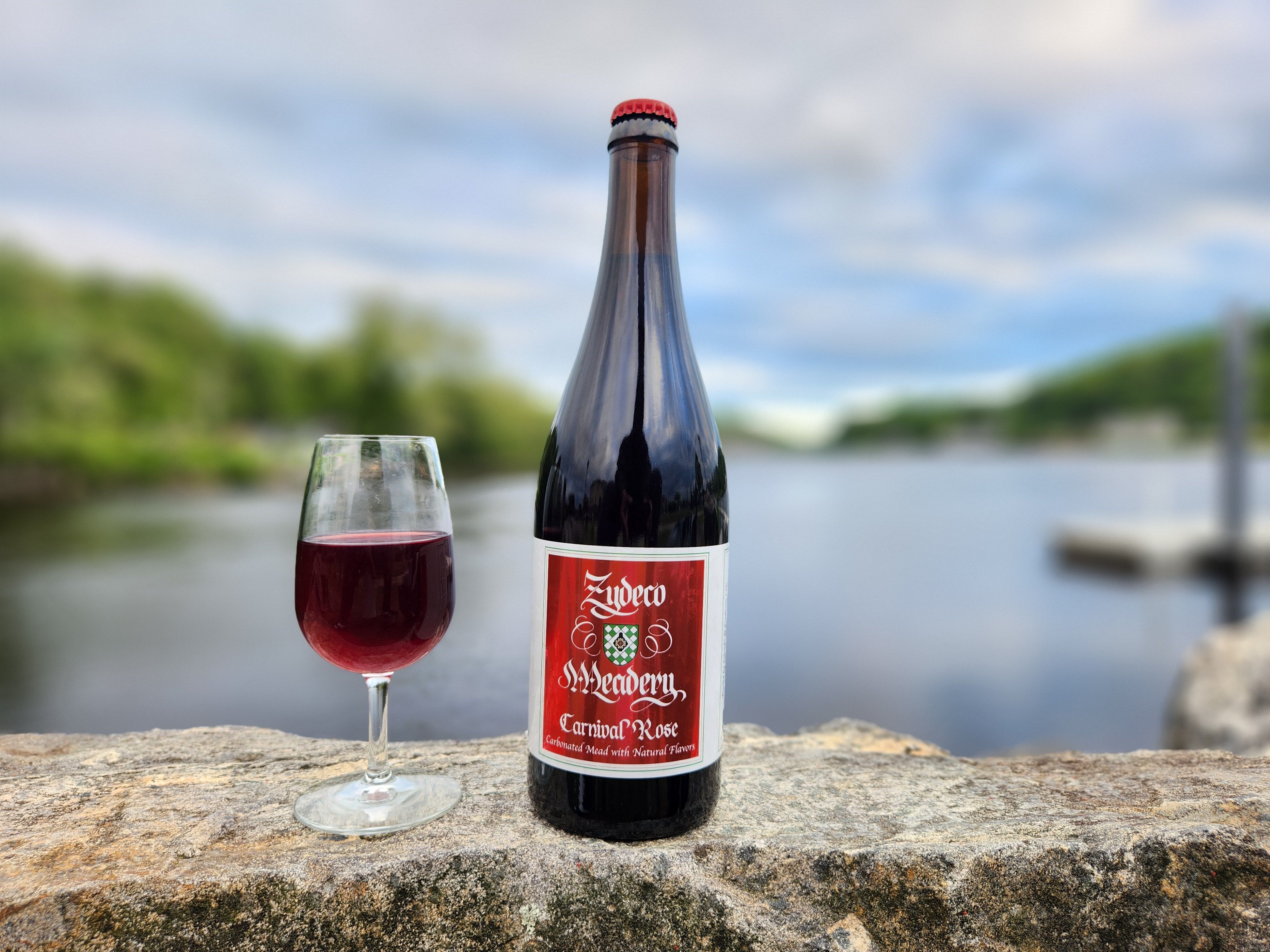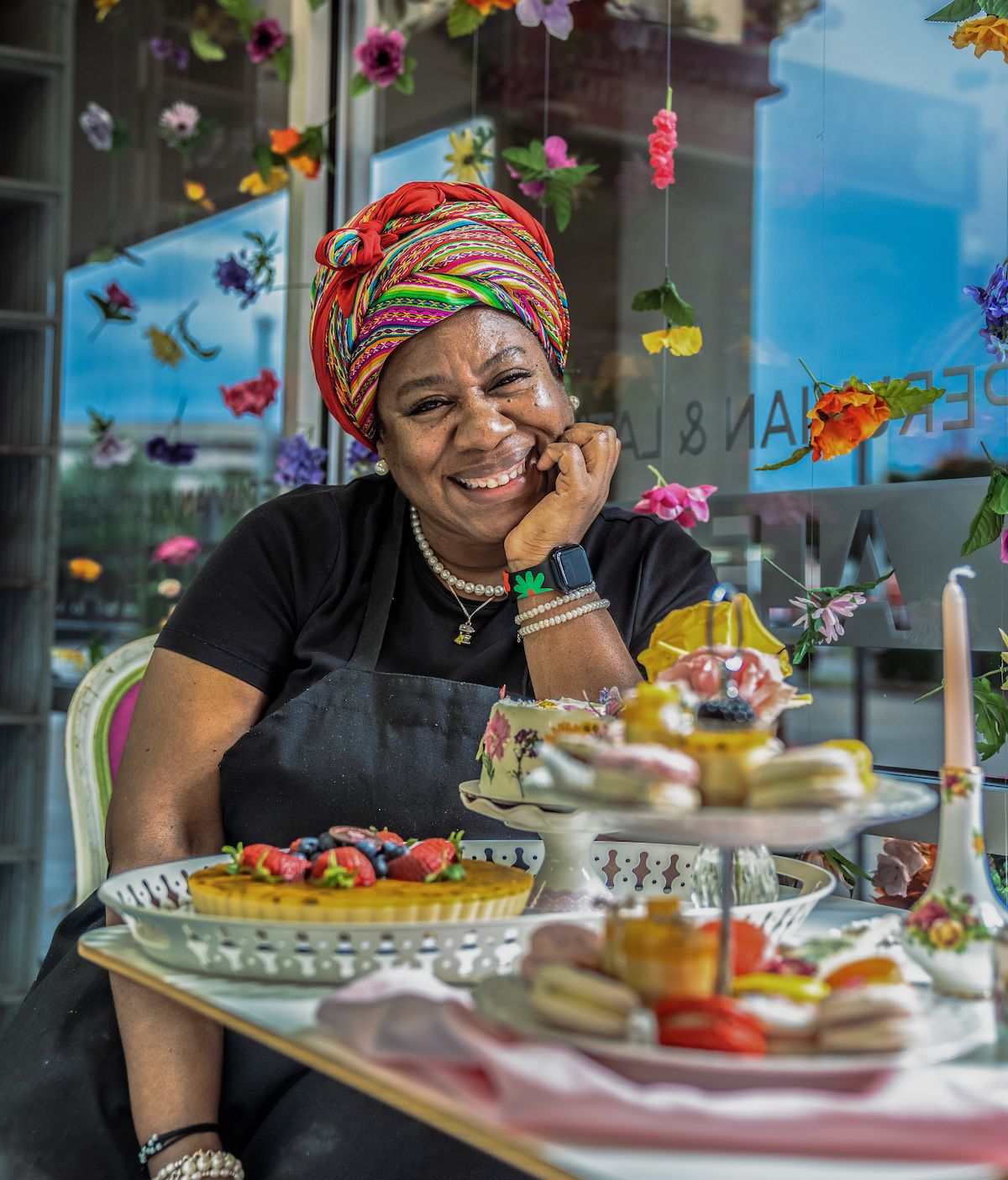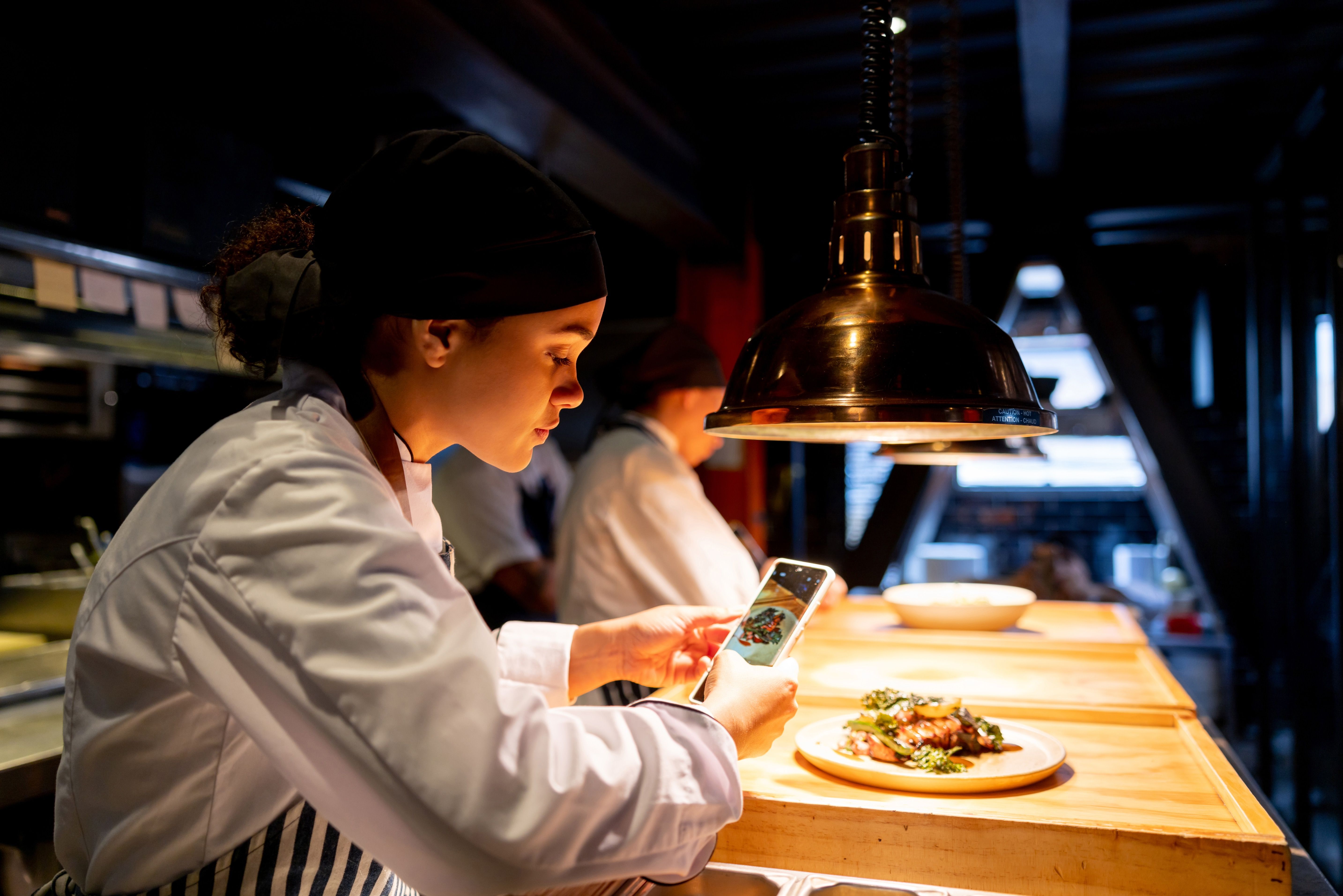Zydeco Meadery’s Eric Depradine On Why Mead Is The Perfect Juneteenth Sipper
At Zydeco Meadery, honey wine has become a vessel for culture that bridges Louisiana, Massachusetts, Trinidad & Tobago, and beyond.
By EatOkra
Last updated 18 Jun, 2025Mead, also known as honey wine, is an alcoholic beverage that has been passed through time, across the Atlantic Ocean, and throughout the U.S. It's, for many reasons, a representation of the transient, resilient nature of Black history. Raising a glass of this rich, storied beverage is the perfect way to celebrate Juneteenth.
Few people know and appreciate mead the way Eric Depradine, co-founder of Zydeco Meadery does. "Most people in the United States do not associate the production of mead, wine, and distilled alcohol with people of African descent," he writes in an insightful essay breaking down the storied drink. He wants to change that. Below, Depradine shares the journey to launching his brand, the rich history it aims to honor and preserve, and how you can make your own mead at home.
On The Start Of The Mead Business
I think I made my first batch of mead when my son was six months old. Oh, wow, so it's been about 13 and a half years that I’ve been doing this process. My wife and I wanted to open a winery in Louisiana because we drank a lot of Riesling from Washington State when we were in college. After we married, we visited the wineries north of Seattle and then came back to Lafayette, Louisiana, thinking we could do the same thing here.
It turns out, the grapes in Washington don’t grow well in Louisiana. My wife suggested honey instead, and she bought a book online about how to make mead. I read it and realized I could do this. I started playing around with mead recipes soon after our son was born. It was in 2011 that I made my first batch.
We wanted to generate income for ourselves when we retired. After visiting the wineries in Louisiana and East Texas, many of the owners told me, “If you can get into the game now, while you’re young, it’s better. Because both of y’all are government employees, this could be a good way to supplement your income…” We listened to those old timers, and we gave it a try. Some days are easier than others.
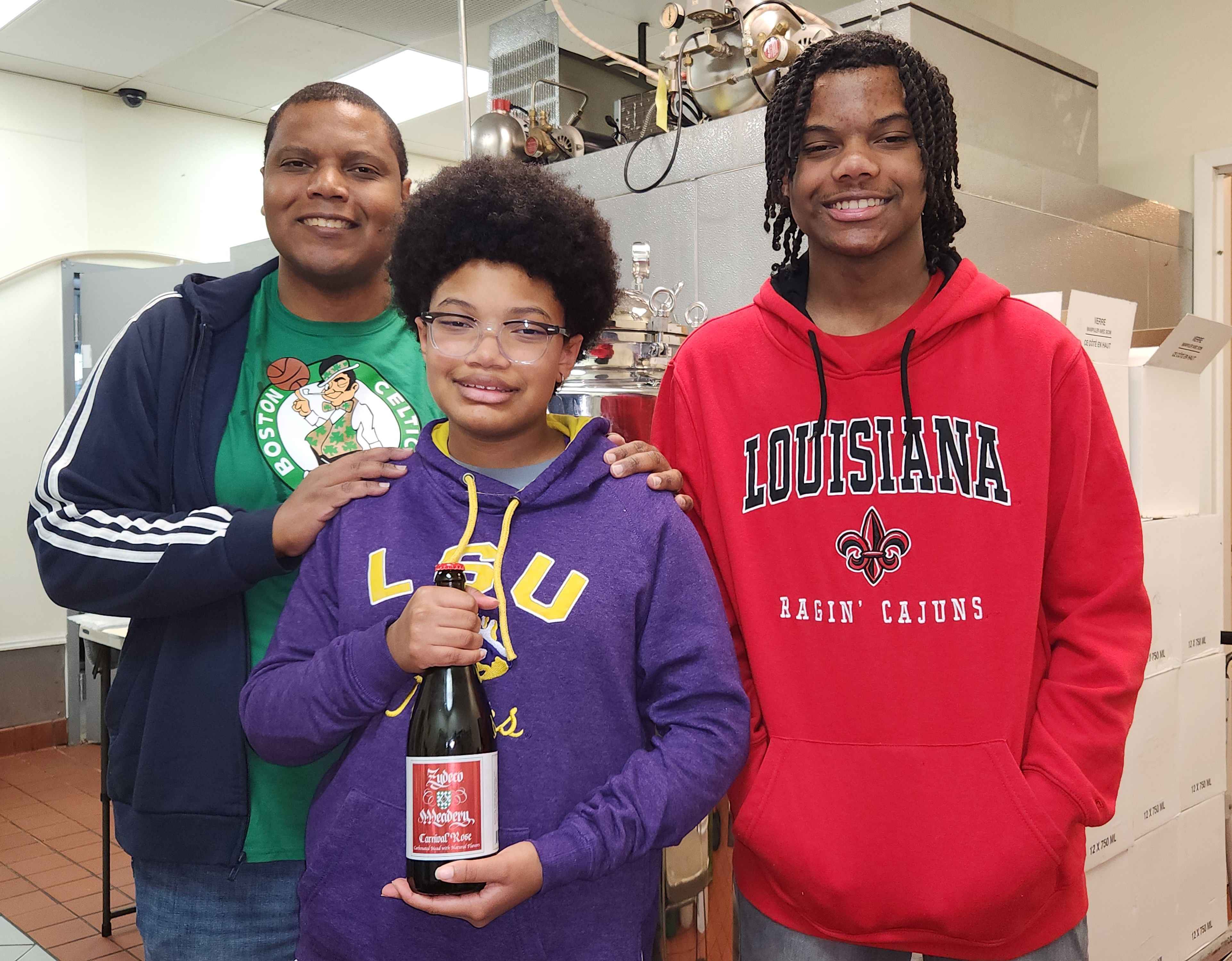
On The Significance Behind The Name Zydeco
We bought a home in Opelousas, known as the birthplace of Zydeco, because of Clifton Chenier. He was one of the first to popularize the music genre in the 1950s and 1960s. Opelousas, located in Southwest Louisiana, has a strong Creole culture. African Americans have been in this area since 1719 due to the Transatlantic Slave Trade. We wanted to open the winery in Opelousas and pay homage to the region’s African American culture — its cowboy culture, its culinary culture, and its linguistic culture.
Things happen, though. We couldn’t make it happen in Louisiana for numerous reasons, so we went to Kansas City in 2015. We found a community college that had weekend classes on winemaking, and they were opening up an incubator. We knew we could continue this idea we created in Opelousas, and we could do it in Kansas. We decided to keep the name and use Louisiana wildflower honey so we could at least have that connection. Since then, we've moved to Massachusetts.
What started off as an idea in Louisiana became a reality, and what we started in Kansas became a second reality in Massachusetts.
Our journey reflects the transient nature of Black History. I was part of that reverse migration. I went to school in Louisiana and became part of the reverse migration to the South. I then became part of the Great Migration by going up north to the Midwest. And, now, I’m returning to where I was born in Massachusetts, 20-something years later.

On Why Hibiscus Mead And Juneteenth Go Hand In Hand
No matter how you make it, Hibiscus Mead is going to connect you across the diaspora. We all have cousins along the coastline who drink hibiscus. You’ll find the drink from Angola all the way to the end of the Senegal River. They all brought their version of it to the Americas. Brazilians drink it. Venezuelans drink it. Trinidadians drink it. Mexicans drink it.
It is one drink that unites all of us in the Americas because everywhere in the Americas experienced slavery, from Canada all the way down to Argentina. Despite our differences in religion, skin tone, and language, we do have a few similarities. Those similarities unite us, culinarily.
On Juneteenth Traditions
To honor Juneteenth, we do a little barbecue. What we’ve done in the past was barbecue lamb. We’ll cook up a couple of side dishes like mustard greens. If you’re from South Louisiana or if you’ve lived in South Louisiana, mustard greens are the common green, whereas everywhere else in the South, they go for collard greens. And we’ll make a rice dish.
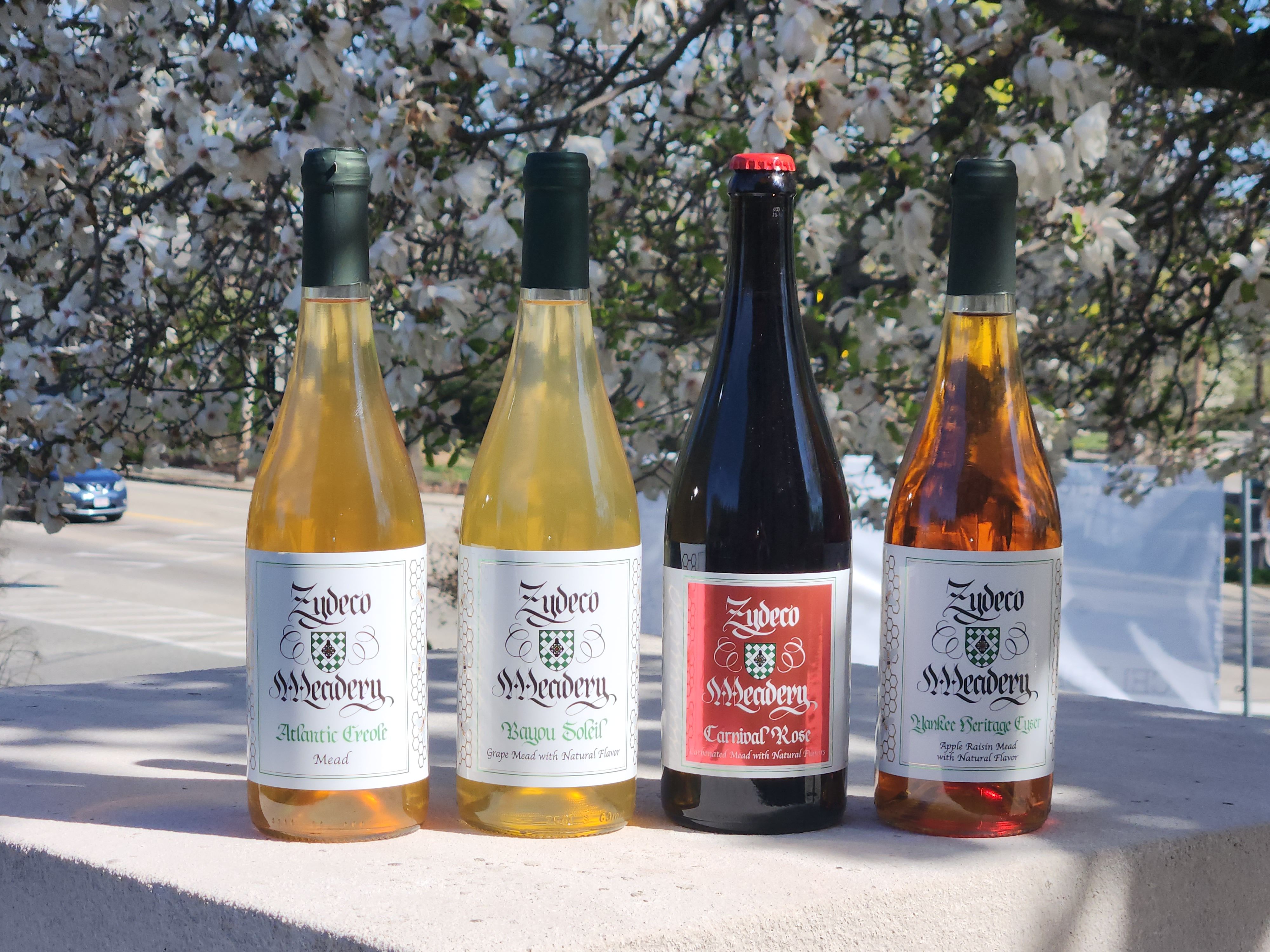
On Making Mead At Home
Mead is something you can make at home, using commonly found ingredients you can either purchase at your grocery store or online. And those easily found ingredients include dried hibiscus flowers. Everyone has the spices they need in their kitchen pantry: allspice, cloves, and cinnamon sticks. Put a couple of slices of ginger, or do as the West Africans do and add some fresh pineapple juice. Add some honey and make your own fermented wine.
If you don’t drink, you can use those same ingredients to make a non-alcoholic version or add a $10 or $12 bottle of white rum to it.
Bottle and cork it, and share it with your friends and family. It tastes better than anything at the liquor store!
This interview has been edited and condensed for clarity.
